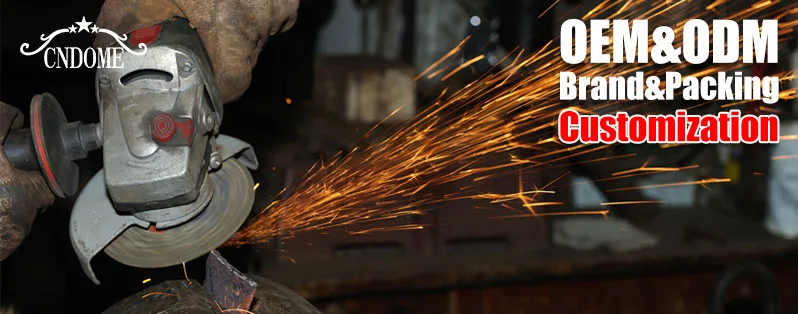In the world of precision engineering and metalworking, every tool, every setting, and every technique matters. Among the most crucial factors that often determine success is the RPM (Revolutions Per Minute) at which a grinding wheel operates. In this promotional blog, we dive deep into the fascinating world of grinding wheel RPM, unveiling its significance and how it can drastically impact your grinding outcomes.
Understanding RPM: The Heartbeat of Grinding
RPM is more than just a technical term; it’s the heartbeat of your grinding process. The revolutions per minute dictate the speed at which the grinding wheel rotates, influencing the rate of material removal, surface finish, and overall grinding efficiency. Choosing the right RPM is akin to orchestrating a symphony—a balance between precision and power.
Precision at Play
Grinding is all about precision. The correct RPM ensures that each pass over the material is controlled and accurate, resulting in uniform removal and a smoother surface finish. Too high an RPM might lead to overheating and excessive material removal, while too low an RPM could result in inadequate grinding. Finding the sweet spot in terms of RPM guarantees the precision you need to achieve impeccable results.
A Balancing Act: Speed vs. Safety
While RPM is a key player in achieving precise results, it also plays a role in ensuring safety. Operating a grinding wheel at an incorrect RPM can lead to increased heat generation, which might compromise the integrity of both the wheel and the material being ground. Finding the right balance between speed and safety is essential for preventing accidents and prolonging the life of your tools.
The RPM Dance with Wheel Diameter
Interestingly, the diameter of the grinding wheel directly affects the optimal RPM. Larger wheels require lower RPMs to maintain the same surface speed as smaller wheels. This means that as you switch between various grinding wheel sizes, you must also adjust the RPM accordingly to ensure consistent and effective grinding.
The RPM Matrix: Material Matters
Different materials have varying hardness and characteristics, which influence the RPM needed for efficient grinding. Some materials can handle higher RPMs without compromising the process, while others require a more delicate touch. Understanding the material you’re working with and adjusting the RPM accordingly can significantly impact the quality of your grinding outcomes.
Conclusion: The RPM Advantage
Grinding wheel RPM isn’t just a number; it’s a strategy for success. It’s the fine-tuning that transforms a grinding process from ordinary to extraordinary. It’s the secret ingredient that ensures precision, safety, and efficiency dance together in perfect harmony. By mastering the art of RPM, you unlock the potential to achieve consistent, high-quality results that elevate your work to new heights.
Are you ready to take your grinding to the next level by harnessing the power of RPM? Dive into our comprehensive guide on grinding wheel RPM and transform your metalworking projects with the magic of precise and optimal speed. Discover the RPM advantage today!
Online Message
Minimum Order Quantity: 5,000 Pcs, 10 Pcs Free Samples.
Contact Us For More Information!
Tel/WhatsApp
+86 18796960868
DomeGrinding@hotmail.com
Address



